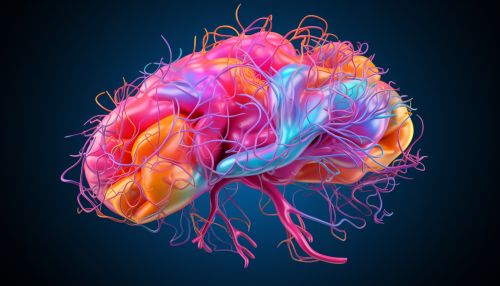Cognitive Neuroscience of Emotional Regulation
Introduction
Cognitive neuroscience of emotional regulation refers to the study of neural mechanisms involved in the cognitive process of regulating one's emotions. It is a sub-discipline of cognitive neuroscience and emotion regulation, which investigates how the brain processes, maintains, and changes emotional responses. This field of study combines principles from psychology, neuroscience, and cognitive science to understand the complex interplay between cognition and emotion at the neural level.


Theoretical Background
Cognitive neuroscience of emotional regulation is grounded in several theoretical frameworks. One of the most influential is the process model of emotion regulation, which proposes five families of emotion regulation strategies: situation selection, situation modification, attentional deployment, cognitive change, and response modulation. Each of these strategies involves distinct cognitive processes and neural circuits.
Neural Mechanisms of Emotional Regulation
Emotional regulation involves several brain regions, including the prefrontal cortex, amygdala, hippocampus, and insula. The prefrontal cortex plays a crucial role in executive functions such as decision-making, planning, and inhibiting responses. The amygdala is involved in emotional processing, particularly fear and anxiety. The hippocampus is associated with memory and learning, while the insula is involved in interoceptive awareness and emotional feelings.
Cognitive Strategies for Emotional Regulation
Cognitive strategies for emotional regulation include cognitive reappraisal, suppression, and distraction. Cognitive reappraisal involves changing the way one thinks about an emotional stimulus to alter its emotional impact. Suppression involves inhibiting the expression of emotions, while distraction involves shifting attention away from an emotional stimulus.
Neuroimaging Studies
Neuroimaging studies using techniques such as functional magnetic resonance imaging (fMRI) and positron emission tomography (PET) have provided insights into the neural correlates of emotional regulation. These studies have shown that successful emotion regulation is associated with increased activity in the prefrontal cortex and decreased activity in the amygdala.
Clinical Implications
Understanding the cognitive neuroscience of emotional regulation has important clinical implications. Dysregulation of emotions is a common feature of many psychiatric disorders, including depression, anxiety disorders, and borderline personality disorder. Therefore, interventions aimed at improving emotion regulation, such as cognitive-behavioral therapy and mindfulness-based interventions, can be effective in treating these disorders.
Future Directions
Future research in the cognitive neuroscience of emotional regulation will likely involve the use of more sophisticated neuroimaging techniques, the development of computational models of emotion regulation, and the investigation of the genetic and epigenetic factors that influence emotion regulation.
